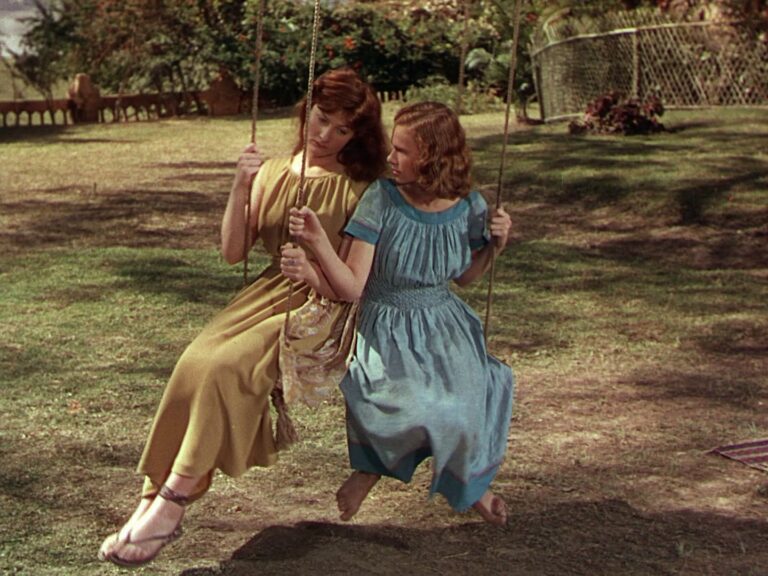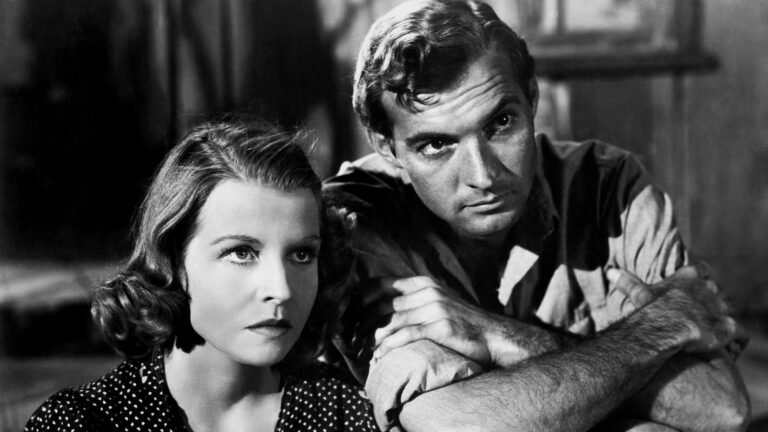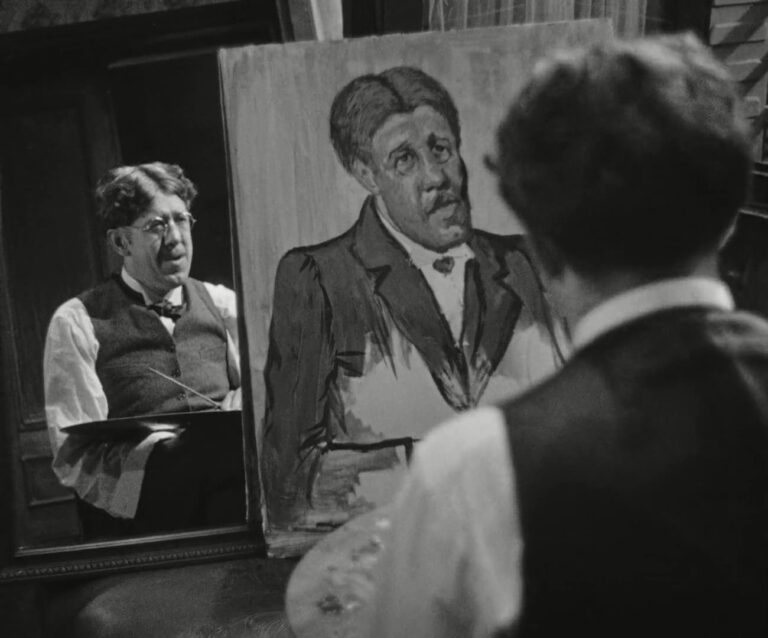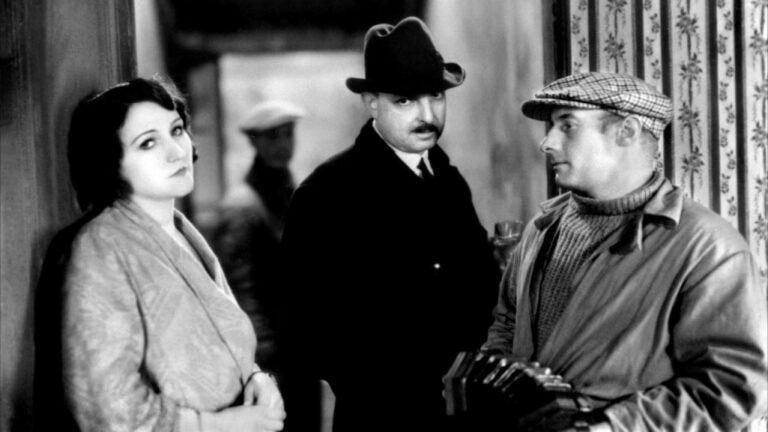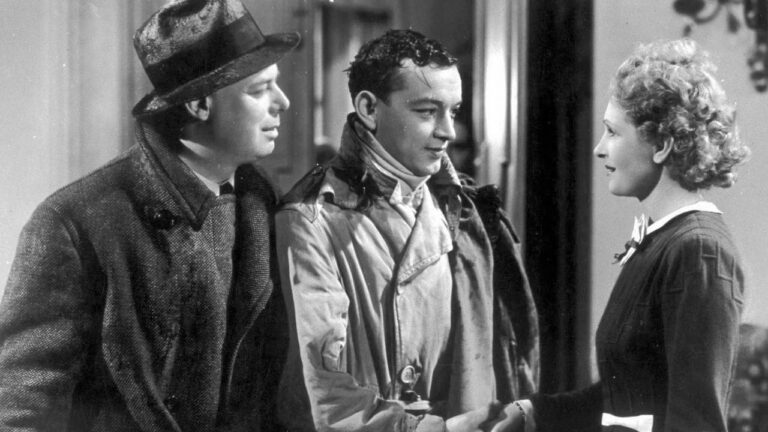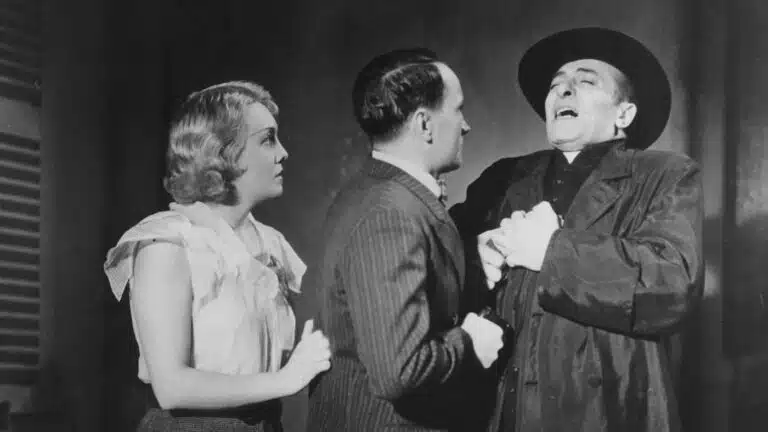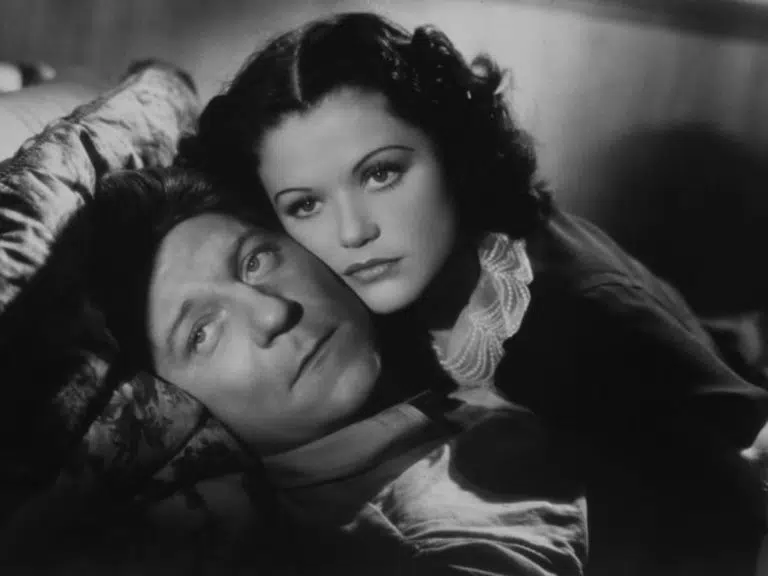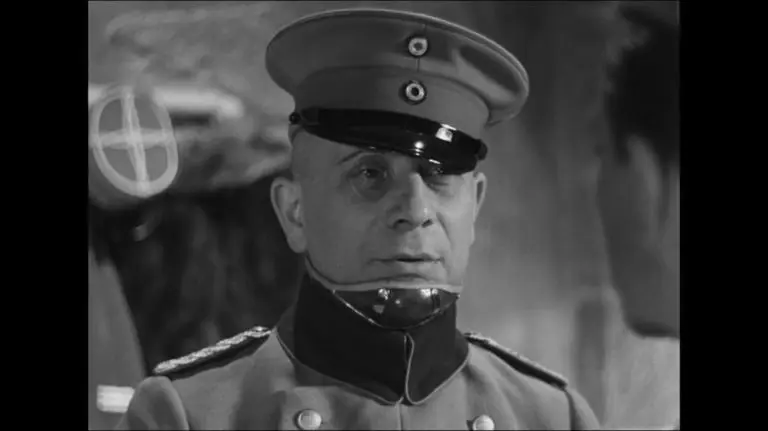The River
Is 1951’s The River a look in search of a story? It’s regularly described – often by people who haven’t seen it – as one of the greatest films ever made. Dig one layer deeper and the praise heaped on Jean Renoir’s “masterpiece” starts to look a touch more one-note. Martin Scorsese reckons this and The Red Shoes are “the two most beautiful colour films ever made.” Eric Rohmer, also no slouch as a director, called it “the most beautiful colour we have ever seen on the screen.” The New York Times in 1951 said “beautiful”. Time Out – “beautiful”. Sight and Sound‘s 2022 Best Films of all time poll rang the changes a … Read more
